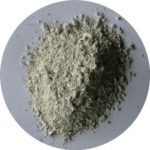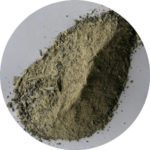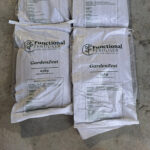It isn’t hard to understand how those representing the best interests of this country’s pastoral farming industry have come to accept that pastoral farming is a net emitter of greenhouse gasses.
The public at large appear to have bought the narrative that it is the farming industry that is to blame for man-induced climate change removing the requirement to examine their own contribution.
The latest OECD Report on the NZ economy states that we will not meet our CO2 targets for 2030 and 2050, and that our carbon price is too low.
Latest press releases indicate that even if agriculture escapes the clutches of ETS, almost certainly there will be hefty taxes levied on farmers and growers for their contribution to calculated, not measured, methane and nitrous oxide emissions.
The government is wanting to see significant changes take place prior to the next election in order to campaign on their commitment to a carbon neutral environment and standing strong in the face of all of that requires fortitude.
Holding a contrarian view, even when you know that the facts are on your side can be difficult. It’s easier to say nothing than voice an opposing opinion and be treated as having a contagious disease.
However, there are times when standing up for what is fair and equitable becomes a matter of conscience, and that is a voice that doesn’t sleep.
The reality is that carbon is most rapidly sequestered under permanent grazed pasture and in that situation the levels of methane and nitrous oxide are of academic interest only.
There are many farming operations in this country that are continuously sequestering carbon by taking CO2 from the atmosphere and through the process of photosynthesis creating sugar, a portion of which is retained in the soil.
Topsoil is built resulting in an effective and efficient filter for groundwater as well as a medium in which to produce nutrient dense food for people.
Sadly though, not all properties are in that situation. In a discussion with one of the leading soil scientists he stated that, “all irrigated land, without exception, is losing carbon”.
Adding water to land does not in itself cause a reduction in carbon, nor necessarily do stock grazing pasture. The factor in our view that requires careful examination is the overuse of synthetic nitrogen.
Synthetic N is a useful development tool. Continuous use to maintain high levels of pasture growth is where a problem arises if the rate of application destroys more than is being deposited in the form of old root, dung, and leaf.
Nitrate N levels in groundwater have steadily increased and we now face the situation where drinking water needs to be treated. For the folk of Canterbury, who have taken great pride in their deep fresh aquifers it’s a bitter pill to swallow.
By using clover to fix nitrogen at least as much total pasture can be grown and there is any amount of long-term growth data from Research facilities to support that claim.
The transition process can be completed within twelve months with little if any decline in farm performance. Sound grazing management techniques, as taught from 1950 until the late 1980’s are an essential component and best practices can be readily re-established.
The issue of land degradation is not new, in 2004 Dr Graham Sparling of Landcare Research wrote that we’ve depressingly continued down the well-worn path of European and North America farmers when 30 years ago the consequences were obvious.
Over the last twenty-five years both the technology and practices have been developed and refined that allow intensive pastoral farming to be genuinely sustainable in all respects. It’s now up to farming leaders and communities to embrace and implement.
For more information contact Peter on 0800 843 809.




